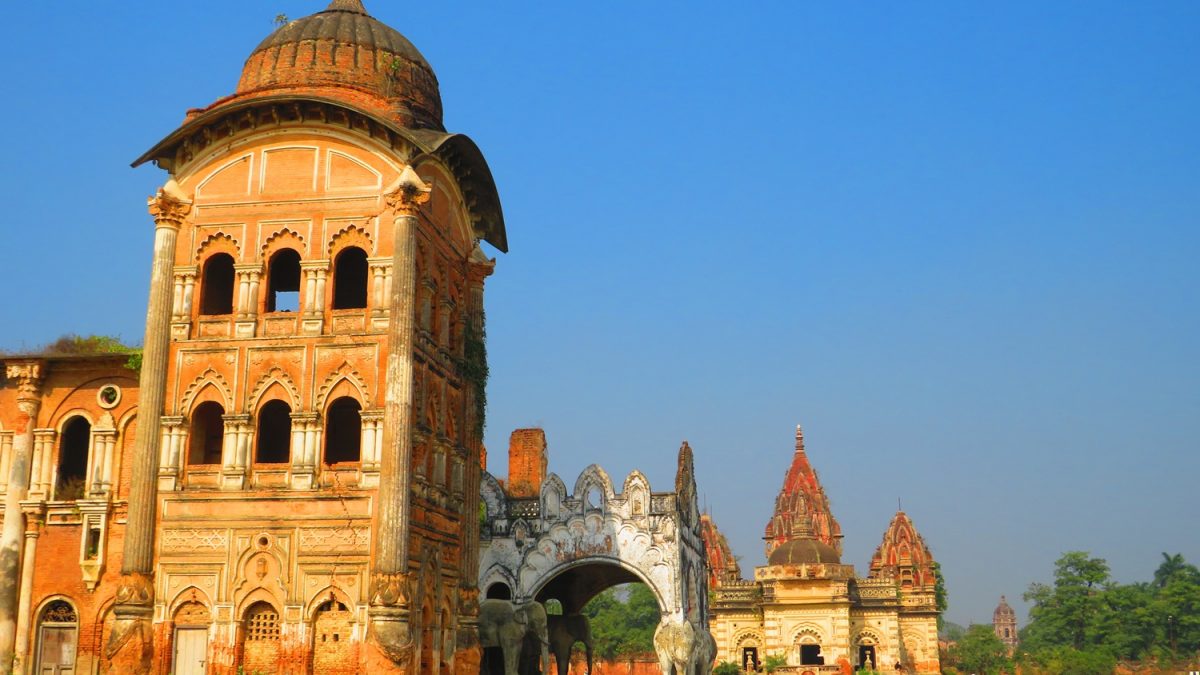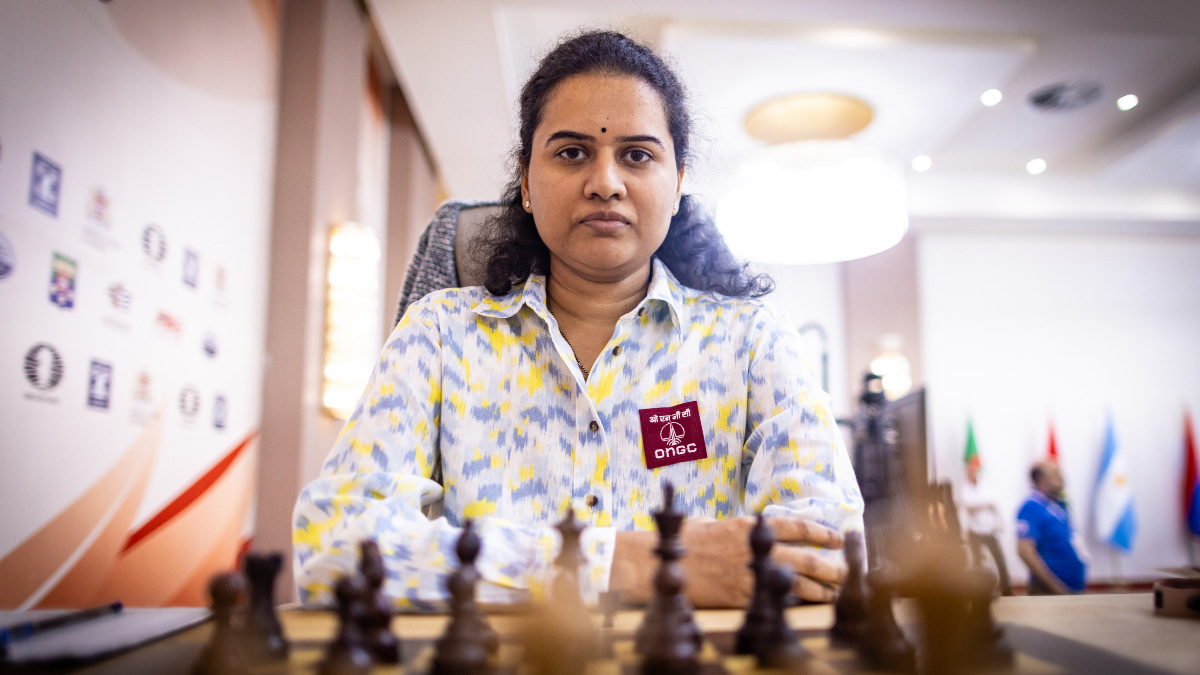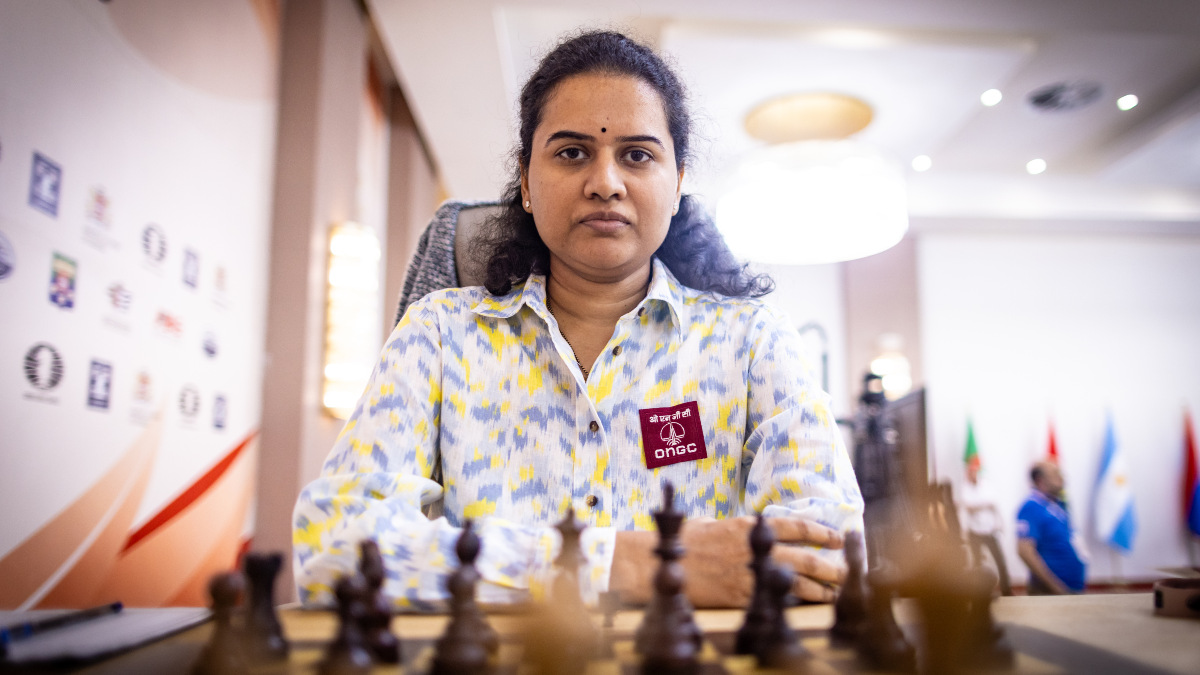My vehicle was caught in a seemingly interminable traffic jam on a narrow road. While it seemed one-way, no one was enforcing the rules. Recalcitrant auto drivers and hawkers tried to push their way in the opposite direction, adding to the chaos. Eventually, my destination was spotted on a side road. When it was barely 50 metres away, a law enforcer appeared and announced that my vehicle was in violation of the rule, there being a one-way on the side road too. However, realising I was an outsider, he made a concession while saying, Bollywood style, “Darbhanga mein aapka welcome hai.” Welcome to Darbhanga!
A part of Bihar that is always much visited by politicians during elections, Darbhanga wasn’t always this chaotic. At the time of Independence, it was one of the subcontinent’s most prosperous and better-managed administrative units. The rise and fall of the Darbhanga Raj form an interesting chapter of our history.
The state’s history begins in the mid-16th century, when Mughal Emperor Akbar gave its responsibility to Mahamahopadhyaya Mahesh Thakur. The emperor’s objective was to provide an administration that could maximise land revenue from this fertile belt. The ‘Thakur’ surname notwithstanding, Mahesh was an unusual choice—he was not a Rajput but a Maithil Brahmin. Nor was Darbhanga a ‘kingdom’ like the other princely states. It was a zamindari whose zamindars became so wealthy and controlled such a large swathe of territory that they, in effect, functioned like kings.
In 1684, Aurangzeb issued a farman which changed the status of the state. The order made the Darbhanga estate the permanent property of the ruling family. No longer would they have to pay tribute to the Bengal Nawab. And thus came into being the Darbhanga ‘Raj’. Over time, while dynasties such as the Mughals and the Marathas folded, the Darbhanga Raj endured, grew and prospered. At its peak, it covered an area of over 2,000 square miles, incorporating 4,495 villages in Bihar and Bengal. More than 7,000 officers were employed to manage the vast estate. The long period of stability and prosperity saw immense cultural growth. Music, poetry and the Madhubani school of painting all received patronage. Darbhanga witnessed the rise of fabulous buildings.
Impact Shorts
More ShortsHowever, when the Darbhanga Raj met the British Raj, the former began to feel the winds of change. In 1860, Maharaja Maheshwar Singh died. At this point, his eldest son, Lakshmeshwar, was just two years old. The British placed the vast estate under the Court of Wards, and the minor prince—as well as his younger brother Rameshwar—under government-appointed tutors. When his reign eventually began, it was a period that saw modernity being ushered into the state, including a private railway. Progress continued in the reigns of Rameshwar and his son, Kameshwar.
Leveraging and expanding the wealth he had inherited, Kameshwar turned out to be a successful businessman too, building businesses across fourteen sectors as varied as sugar, jute, newspapers and electricity. In 1950, he established Darbhanga Aviation, a private airline service. Patna’s two leading dailies, ‘The Indian Nation’ and ‘Aryavart’, published in English and Hindi respectively, were owned by Kameshwar. He purchased the Munshi Ghat in Varanasi and rebuilt it as the fabulous Darbhanga Ghat. And he seemed to have been a football fan too, being the founder of the All-India Football Federation in Darbhanga in 1935 and building four stadiums. He was also elected to the Constituent Assembly from Bihar as an Independent and to the Rajya Sabha in 1952.
In his pomp, Kameshwar Singh was the third richest Indian alive. The state’s wealth also made Darbhanga a ‘banker’ for other princely states. And in return for financial support, less wealthy rulers sold the Darbhanga royals their own priceless family heirlooms. As a result, Darbhanga came to possess one of the finest collections of jewellery. Among these was the famed ‘Naulkaha Haar’ of the Maratha Peshwa family, a famed diamond necklace once owned by French queen Marie Antoinette and a Mughal emerald diamond said to weigh over 200 carats.
But like all good things, Darbhanga Raj too came to an end. Shortly after Independence, the Zamindari system was abolished, and Darbhanga’s land revenue accumulation came to an end. More taxes were imposed. In 1962, Kameshwar Singh’s passing was the last nail in the Raj’s coffin. The airline’s flight came to an end. Many properties were either taken over by the government or had to be sold. The Darbhanga Ghat at Varanasi is now a heritage hotel.
Darbhanga House in Ranchi is an office of Central Coalfields. A large tract of land in Mumbai’s Pedder Road, once called Darbhanga Mansions, is now an Income Tax Colony. Loretto Convent in Shimla was once a Darbhanga House too. The Bela Palace in Darbhanga itself is now a training college of the postal department. Much of the jewellery collection was auctioned in 1967. Several other valuable pieces disappeared, never to be heard of again.
Darbhanga town today has an energy that is not dissipated in its traffic jams. Going by the demography visible, it is a young town. Education and jobs are paramount. Many of the young people here attend college in buildings that were palaces of the Darbhanga Raj. For most of them, the Raj is not even a memory. The future beckons, and for most of them, that future is not in Darbhanga but outside Bihar. In every election politicians promise to reverse that trend, a promise that is revisited five years later and quickly forgotten.
For those who seek to remember the glory days, the somewhat moth-eaten Chandradhari and Maharaja Lakshmeshwar Singh museums exist—both in the same campus, inside old palaces built near a lake. Several of the old Raj buildings suffered damage during the 1934 Bihar earthquake. The impact of that damage is observed most in Rajnagar, north of Darbhanga town.
Envisaged as a new capital of the prosperous kingdom, Rajnagar witnessed elaborate construction in the early 20th century only to be stopped by the quake. Most royal palaces and temples at Rajnagar are stunning in design but are sadly ruined. But in their precincts, they still provide sanctuary to students engrossed in their studies, desperate to get out and get ahead in life. Perhaps one day, one of these young minds will think about leveraging Darbhanga’s architectural heritage for a better purpose.
(The author is a heritage explorer with a penchant for seeking obscure sites. A brand consultant by profession, he tweets @HiddenHeritage. Views expressed in the above piece are personal and solely those of the author. They do not necessarily reflect Firstpost’s views.)


)

)
)
)
)
)
)
)
)



